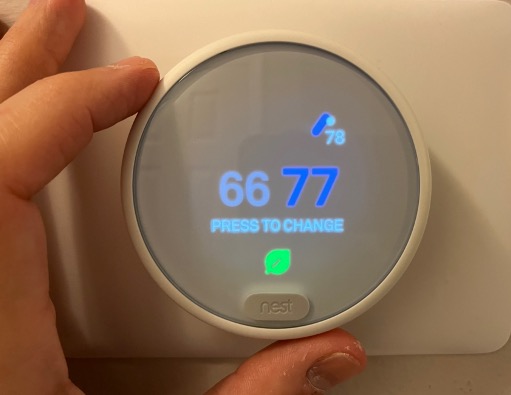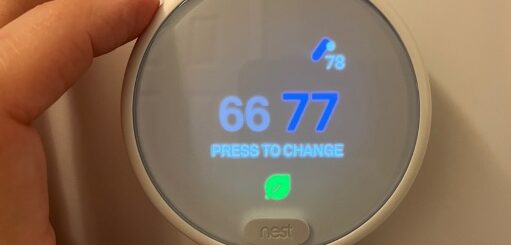The Sustainability Benefits of Smart Thermostats

Homeowners are increasingly seeking ways to minimize their carbon footprint and contribute to a more sustainable future. The concept of a smart home has gained significant traction recently, and one of its prime components – the smart thermostat – has taken center stage. With the ability to optimize energy consumption while providing a comfortable living environment, smart thermostats are emerging as a pivotal tool for promoting sustainability within average households.
The Rise of Smart Thermostats
Traditional thermostats are often considered basic tools that merely control indoor temperatures. However, the advent of smart technology has revolutionized the way we manage our homes. Smart thermostats are designed to learn from users’ preferences and adapt to their schedules, allowing for automated adjustments that cater to comfort while conserving energy.
One of the primary sustainability benefits of smart thermostats lies in their capability to enhance energy efficiency. Traditional thermostats operate on a static schedule, so they heat or cool a home regardless of whether it’s occupied. In contrast, smart thermostats use algorithms and machine learning to understand occupants’ routines and adjust temperature settings accordingly. This feature not only ensures that the home is at an ideal temperature when needed but also prevents unnecessary energy consumption when the house is vacant1.
Smart thermostats often offer remote access through mobile apps. This enables homeowners to control their heating and cooling systems even when they’re away from home, helping to prevent energy waste if the homeowner forgets to adjust the thermostat before leaving for an extended period of time. The ability to remotely manage temperature settings helps to ensure that energy is used more efficiently.
Adaptive Learning for Personalized Comfort
Smart thermostats don’t just save energy – they also enhance residents’ comfort by adapting to their preferences. These devices use sensors to detect occupancy and monitor outdoor weather conditions. By analyzing this data, smart thermostats can anticipate temperature adjustments required to maintain a comfortable indoor environment. For instance, if the system senses that the home will be unoccupied for an extended period, it can intelligently lower or raise the temperature to minimize energy consumption while ensuring a pleasant atmosphere upon the occupants’ return2. Many smart thermostats are equipped with motion sensors that help the unit judge whether the home is occupied at any given time. This sort of feature works best when the thermostat is placed in a common area of the home rather than a relatively isolated area like an upstairs hallway leading to a single bedroom where foot traffic is light.
Reduced Energy Bills
A sustainable lifestyle often goes hand in hand with economic benefits, and smart thermostats offer precisely that. By optimizing energy usage, these devices can significantly reduce energy bills over time. A study conducted by the American Council for an Energy-Efficient Economy (ACEEE) found that smart thermostats can save users an average of 8-12% on heating and 15% on cooling costs3. This not only directly benefits homeowners but also contributes to a collective reduction in energy demand, subsequently easing the burden on power generation and distribution systems.
Environmental Impact Reduction
The environmental benefits of smart thermostats extend beyond individual households. The reduction in energy consumption directly translates to lower greenhouse gas emissions, contributing to efforts to combat climate change. In an era where sustainable living is becoming increasingly vital, embracing smart technology presents a clear path toward a greener future. Smart thermostats empower homeowners to optimize energy consumption, reduce bills, and enhance comfort while making an important contribution to environmental preservation. The combination of adaptive learning, energy efficiency, and grid stability showcases the remarkable potential of smart thermostats in shaping a more sustainable and eco-conscious society.
References:
- Energy.gov. (2020). Smart Thermostats. Retrieved from https://www.energy.gov/energysaver/thermostats
- Nest. (n.d.). How Nest thermostats learn. Retrieved from https://support.google.com/googlenest/answer/9247510?hl=en#zippy=%2Clearning-on-day-two
- American Council for an Energy-Efficient Economy (ACEEE). (2020). Smart Thermostats: Providing Real Energy Savings for Real People. Retrieved from https://www.aceee.org/research-report/a1801



 Rob McCandless
Rob McCandless


